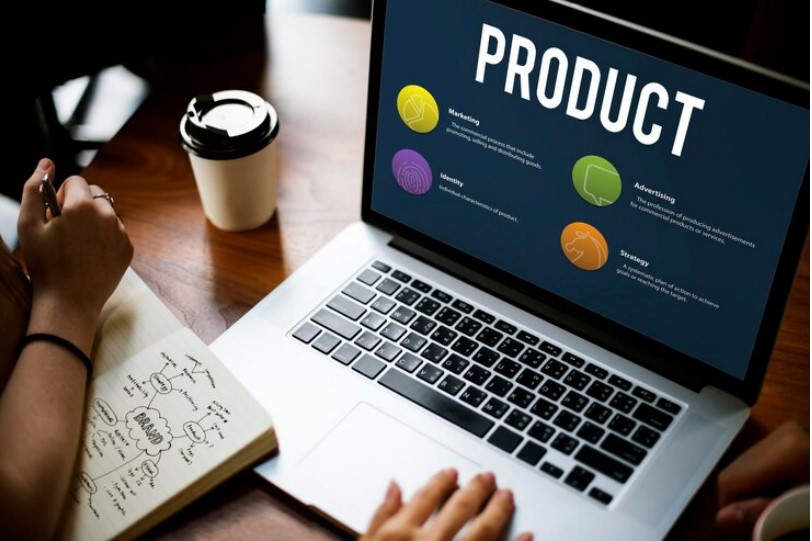Creating your own 3D models can be a rewarding experience, allowing you to print custom designs tailored to your needs. If you’re new to 3D design, this guide will help you understand the basics of designing 3D models for printing and how to work with STL files for 3D printing.
- Understanding 3D Modeling Basics
Before you start designing, it’s essential to understand the basic concepts of 3D modeling. 3D models are created using specialized software that allows users to manipulate shapes, add details, and define the structure of an object.
- Choosing the Right Software
For beginners, there are various free and easy-to-use 3D modeling software options, such as Tinkercad, FreeCAD, and Blender. These tools provide essential features to help you design printable models without requiring extensive experience.
- Designing with 3D Printing in Mind
When creating a model, consider the following factors to ensure a successful print:
- Wall Thickness: Make sure the walls of your model are thick enough to be printed correctly.
- Overhangs and Supports: Avoid extreme overhangs, or use support structures to prevent sagging.
- File Resolution: Higher resolution models provide better details but may require more processing power and print time.
- Exporting to STL Format
Once you have completed your design, it must be converted into an STL file. STL files for 3D printing store the geometric data of your model, allowing slicer software to generate instructions for the 3D printer.
- Slicing and Printing
After creating the STL file, the next step is slicing. Slicing software, such as Cura or PrusaSlicer, converts your 3D model into layers and generates G-code instructions for the printer. Adjust settings like layer height, infill percentage, and print speed based on your desired print quality.
- Testing and Refining Your Designs
Printing a test model can help identify any design flaws. If necessary, go back to the design software and make adjustments based on the results. Iterative testing ensures better accuracy and functionality in your final prints.
By learning 3D printer design free tools and techniques, you can create customized models suited to your needs. Whether you’re making prototypes, decorations, or functional parts, understanding the process will enhance your 3D printing skills.





